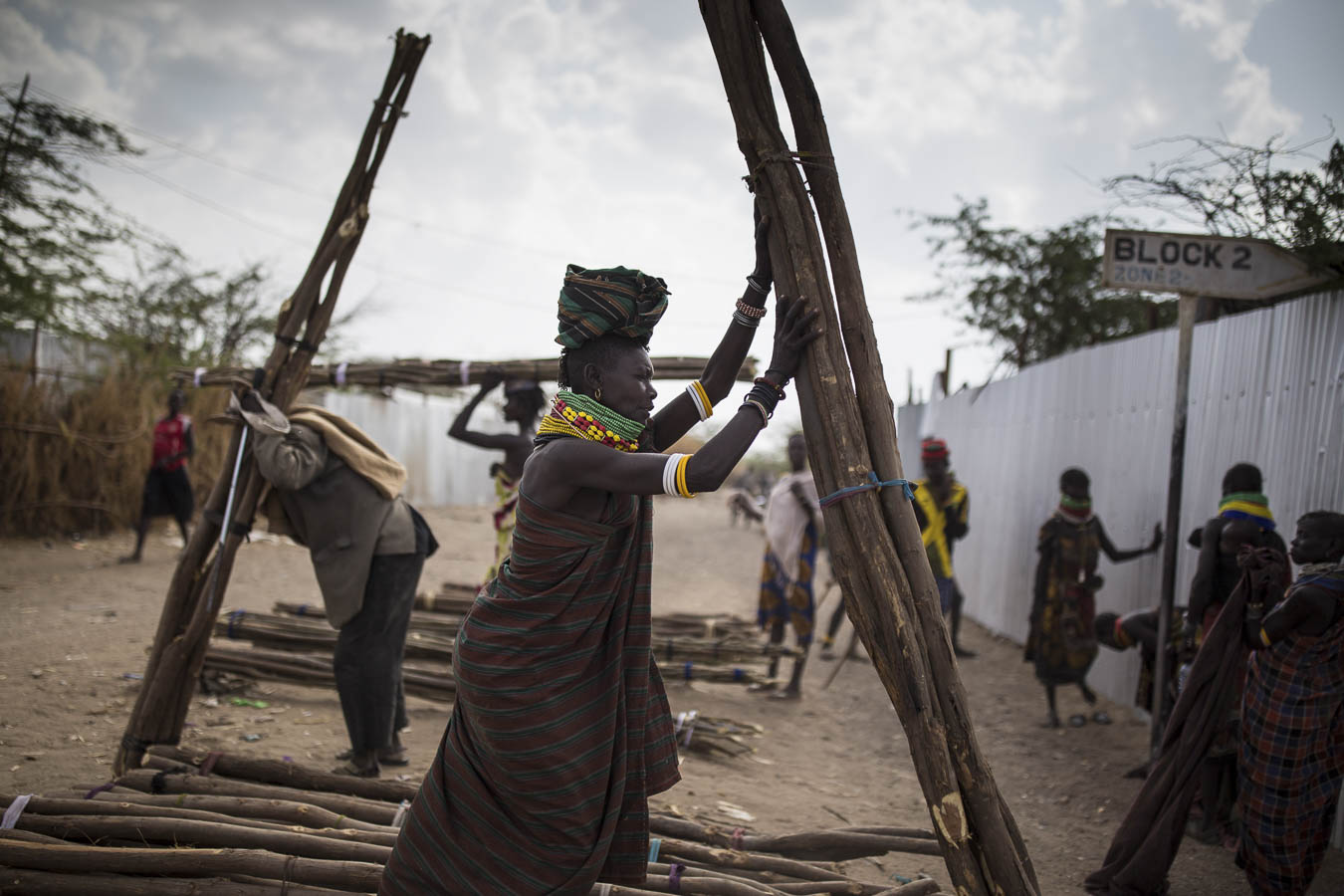The Future of the refugees
Feb 2017
Life and education in two mejor Refugee Camps in Kenya:
Kakuma and Dadaab
Kakuma; It is the site of a UNHCR refugee camp, established in 1991.
Population (2015): 184,550
In 1991, the camp was established to host the 12,000 unaccompanied minors who had fled the war in Sudan and came walking from camps in Ethiopia.
Conditions in Kakuma are grave, as donor support has waned in recent years. The camp’s resources and infrastructure are overtaxed, and occupants have scant opportunities for gainful employment or education. Malnutrition is rampant throughout the camp—especially among younger occupants—and overcrowding has accelerated the spread of infectious diseases. Despite all these factors, however, many residents remain optimistic about their futures. Driven by ambition, the students in Kakuma regularly outperform the Kenyan national averages, in a testament their persistence and diligence in the face of great adversity.
Kakuma is situated in the second poorest region in Kenya and as a result of this poverty, there are ongoing tensions between the refugees and the local community that has occasionally resulted in violence.
Malnutrition, communicable disease outbreaks, and malaria are all ongoing problems, while donor support has faltered due to conflicts in other parts of the world. Many people in Kakuma are long-term refugees, living in hopelesness and desperation. The situation is particularly bad for young people. In 2014 at least eight people have been killed in fighting between South Sudanese refugees: officials say the fighting, following the alleged rape of a young girl, has divided Dinka and Nuer residents against each other.
Congestion in schools, dilapidated and underresourced facilities, and a lack of trained teachers. Some pupils have to walk up to 10 kilometres to school (and the same way back).
The education coverage is: pre-primary 25%, primary education 65%, secondary education 2%.
Kakuma is one of two large refugee camps in Kenya; the second and bigger one is Dadaab.
Dadaab is a semi-arid town in Garissa County, Kenya. It is the site of a UNHCR base hosting 245,126 refugees in five camps (Dagahaley, Hagadera, Ifo, Ifo II and Kambioos) as of April 2017.
severely overcrowded: most household plots are just 12m x 15m, and all nine sectors of the camp have exceeded their designated capacities. Worse yet, half of the camp is located in a flood-prone area.
In July 2011, due to a drought in Eastern Africa, over 1,000 people per day were arriving in need of assistance.[13] The influx reportedly placed great strain on the base’s resources, as the capacity of the camps was around 90,000, whereas the camps hosted 439,000 refugees in of July 2011 according to the UNHCR.[14] The number was predicted to increase to 500,000 by the end of 2011 according to estimates from Médecins Sans Frontières. Those population figures at the time made Dadaab the largest refugee camp in the world.
The second day after I arrived on March 3 2017 two locals teachers were kidnapped from a school by AlShabaab men. Till now (may2017) they are still missing.






































